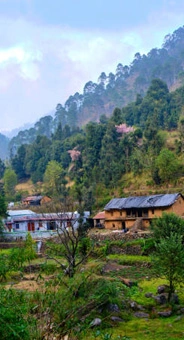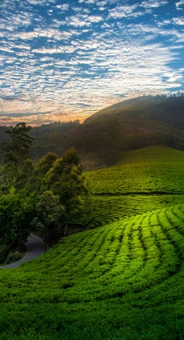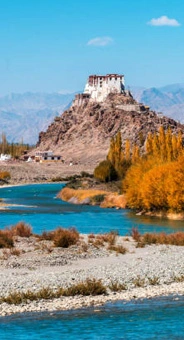Table of Contents
Uttarakhand, located in northern India, is a treasure trove of natural beauty and biodiversity. With its majestic Himalayan peaks, Uttarakhand wildlife sanctuary, dense forests, and pristine rivers, it’s no wonder that the state is home to some of the most famous national parks in Uttarakhand. In this blog, we will embark on a journey to explore the best national park in Uttarakhand, uncovering its unique features and the diverse wildlife that inhabits Uttarakhand. A number of wildlife sanctuaries in Uttarakhand also attract wildlife explorers to visit the state. The total number of national parks in Uttarakhand is 6, which is the highest in small-area states.
Best National Park In Uttarakhand
1. Jim Corbett National Park
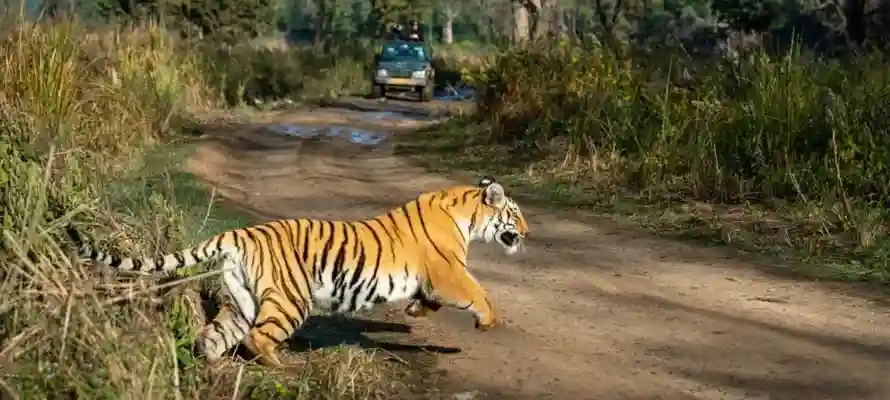
Jim Corbett National Park is undoubtedly Uttarakhand’s most famous and widely recognized national park. Established in 1936, it is considered India’s oldest national park and is named after the renowned hunter-turned-conservationist Jim Corbett. Located in the Nainital and Pauri Garhwal districts, this Uttarakhand park is a haven for wildlife enthusiasts and nature lovers.
Spanning an area of over 520 square kilometres, Jim Corbett National Park is renowned for its incredible biodiversity. It is home to numerous endangered species, including the majestic Bengal tiger, elephants, leopards, crocodiles, and over 500 species of birds. National parks in India’s political map shine like a diamond among all national parks. Visitors can embark on thrilling safaris, jeep rides, and nature walks to witness the beauty of this incredible wildlife sanctuary.
2. Rajaji National Park

Located near the foothills of the Shivalik range in the Haridwar, Dehradun, and Pauri Garhwal districts, Rajaji National Park is another gem in Uttarakhand’s crown as a national park in Dehradun, covering an extensive area of approximately 820 square kilometres. It was established in 1983 and is named after C. Rajagopalachari, the last Governor-General of India. “Rajaji Wildlife Sanctuary in India Map” has a significant place in the top 10 national parks.
Rajaji National Park is famous for its rich biodiversity, which encompasses diverse ecosystems ranging from dense forests to grasslands. The park is a habitat for several endangered species, including the Bengal tiger, Indian elephant, leopard, and Himalayan black bear. It is also a birdwatcher’s paradise, with over 315 avifauna species. Exploring the park through jeep safaris, elephant rides, or nature trails offers visitors an unparalleled experience close to nature. The wildlife in this park is the same as in Govind Pashu Vihar National Park.
3. Valley of Flowers National Park

Nestled in the upper reaches of the Garhwal Himalayas, the Valley of Flowers National Park is a UNESCO World Heritage Site and a visual delight for nature enthusiasts. This breathtaking park spans an area of around 87.5 square kilometres and is known for its stunning meadows adorned with a plethora of vibrant flowers. The Valley of Flowers is world-famous in all Uttarakhand national parks and wildlife sanctuaries.
The Valley of Flowers National Park is renowned for its exceptional floral diversity, housing over 600 species of flowers, including the rare Brahma Kamal. This enchanting landscape comes to life during the monsoon season when a riot of colours blankets the valley. Visitors can embark on a moderate trek to witness this floral extravaganza and spot elusive Uttarakhand wildlife species like the snow leopard, musk deer, and Himalayan black bear.
4. Nanda Devi National Park
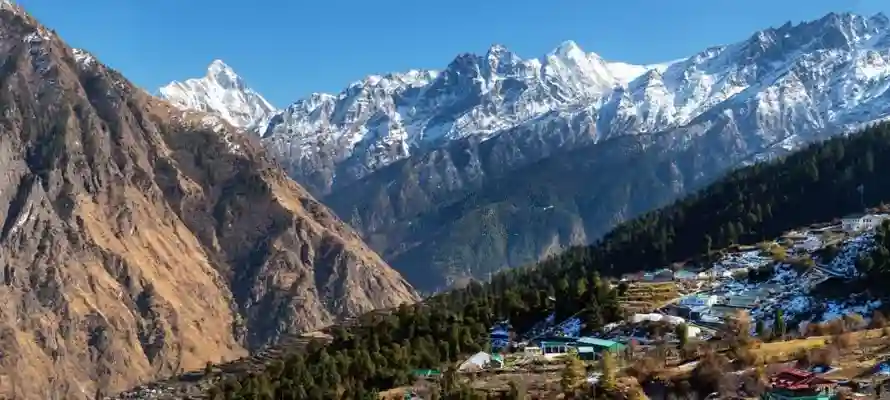
Nestled in the majestic peaks of the Garhwal Himalayas, Nanda Devi National Park is a UNESCO World Heritage Site and one of the most captivating national parks in Uttarakhand. It is the biggest national park in Uttarakhand. It is spread across 624 square kilometres and is known for its awe-inspiring landscapes and diverse flora and fauna. Uttarakhand wildlife is completely different from the neighboring states.
The park takes its name from Nanda Devi Peak, the second-highest mountain in India. It boasts a remarkable biodiversity, with rare and endangered species such as the snow leopard, Himalayan musk deer, and Himalayan tahr. Uttarakhand Park also offers stunning views of glaciers, meadows, and alpine forests, making it a paradise for trekkers and nature enthusiasts.
Also Read:- Top Hill Station in India for This Summer
5. Gangotri National Park
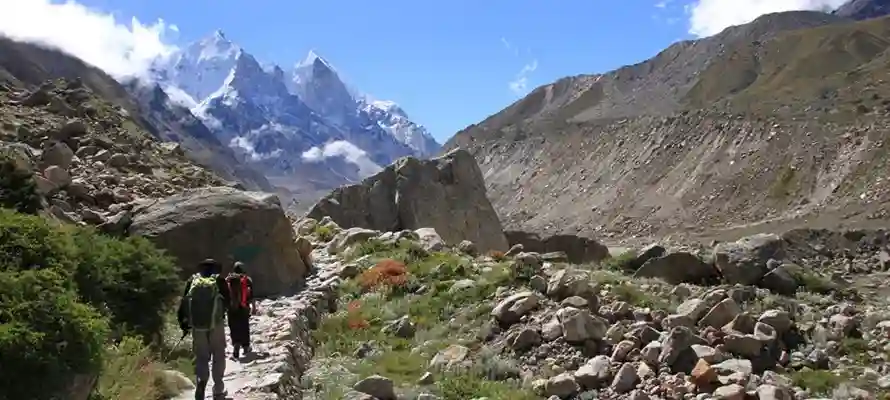
Gangotri National Park is located in which state? This is the most asked question about Gangotri National Park. This national park is located in the Uttarkashi district of Uttrakhand and has immense spiritual and ecological significance. Spread over an area of approximately 2,400 square kilometres, it encompasses the Gangotri Glacier, the origin of the sacred River Ganges.
This Uttarakhand wildlife sanctuary is known for its stunning landscapes, snow-capped peaks, high-altitude meadows, and dense forests. It is home to various wildlife species, such as the elusive snow leopard, Himalayan black bear, and musk deer. Gangotri National Park also offers opportunities for adventure activities like trekking, camping, and pilgrimage to the holy shrine of Gangotri.
6. Binsar Wildlife Sanctuary
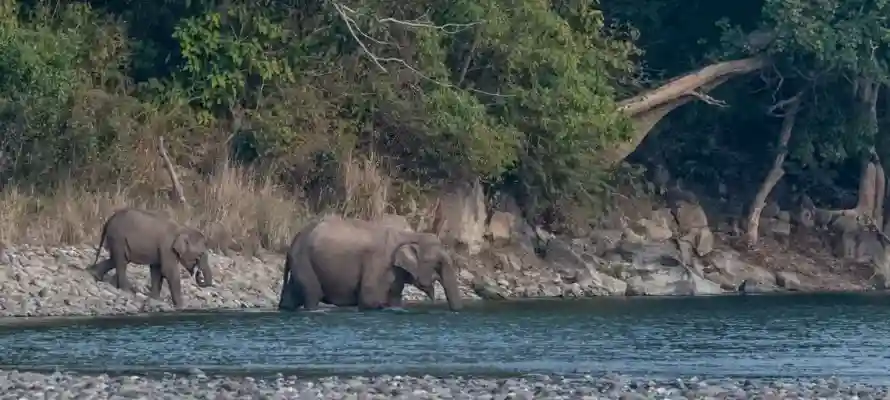
Situated amidst the picturesque Kumaon Hills, Binsar Wildlife Sanctuary is a lesser-known gem but the best national park in Uttarakhand. Covering an area of around 45 square kilometres, it offers a serene environment for nature lovers. Due to its high popularity among tourists, it is considered the best wildlife sanctuary in Uttarakhand.
The sanctuary is renowned for its rich birdlife, with over 200 avifauna species, including the colourful Himalayan monal and the rare Koklass pheasant. It is also home to leopards, barking deer, and wild boars. Binsar Wildlife Sanctuary provides breathtaking views of the snow-capped peaks of the Himalayas and offers trekking trails for visitors to explore its natural beauty.
Also Read:- 5 Best Snowfall Places in Himachal Pradesh
7. Govind Pashu Vihar Wildlife Sanctuary
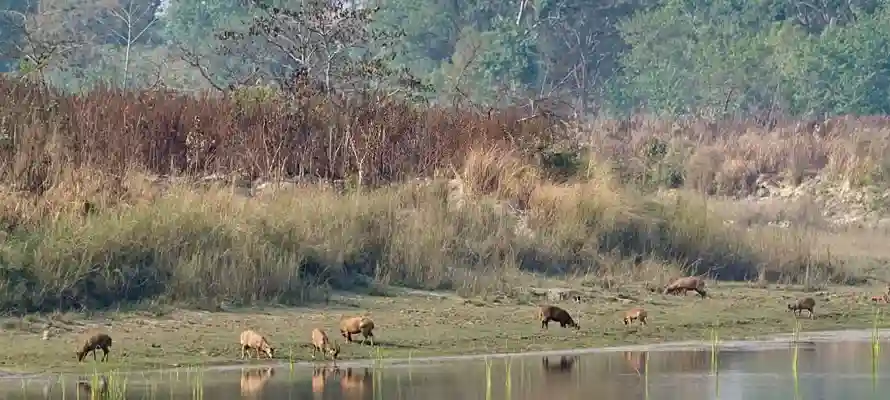
Govind Pashu Vihar Wildlife Sanctuary is a haven for wildlife enthusiasts and nature lovers in the Uttarkashi and Uttarkashi districts. It is an area of approximately 958 square kilometres known for its diverse Uttarakhand wildlife- flora, fauna, and breathtaking landscapes. Govind Pashu Vihar National Park is famous for its lush green Har ki Dun Valley Trek.
The sanctuary is home to several endangered and rare species, including the Himalayan snow leopard, Himalayan brown bear, and musk deer. Visitors can embark on treks and nature walks to explore the sanctuary’s pristine forests, alpine meadows, and glacial landscapes. The sanctuary also houses the famous Har Ki Dun Valley, a trekker’s paradise known for its scenic beauty and cultural heritage.
8. Kedarnath Wildlife Sanctuary

Kedarnath Wildlife Sanctuary is a captivating destination for wildlife enthusiasts and adventure seekers, located in the Rudraprayag and Chamoli districts. An area of approximately 975 square kilometres is named after the sacred town of Kedarnath, which is nestled within its boundaries. This is the highest-altitude sanctuary in Uttarakhand.
The sanctuary is known for its diverse ecosystem, ranging from temperate forests to alpine meadows. It is home to various wildlife species, including the Himalayan black bear, snow leopard, and Himalayan monal. Trekking trails like the Kedarnath Trek and the Vasuki Tal Trek allow visitors to explore the sanctuary’s natural beauty while offering panoramic views of the surrounding Himalayan peaks in the famous national park in Uttarakhand.
Also Read:- Top 5 Places to Visit Near Manali
Conclusion
The best national park in Uttarakhand offers a gateway to explore the region’s incredible Uttarakhand wildlife and natural wonders. Whether you choose to visit the famous Jim Corbett National Park or explore lesser-known treasures like Binsar Wildlife Sanctuary, from the legendary Jim Corbett National Park to the captivating Valley of Flowers, each Uttarakhand park has its own unique charm and diverse range of flora and fauna.
Whether you’re an adventure seeker, a wildlife enthusiast, or a nature lover, visiting Uttarakhand’s national parks is a must. These protected areas provide an opportunity to witness the beauty of the Himalayan landscape and play a crucial role in conservation efforts. So, pack your bags, grab your camera, and embark on a memorable journey to discover the best national park in Uttarakhand—where nature’s wonders await at every turn.
Frequently Asked Questions
About National Park in Uttarakhand
The Six National Parks in Uttarakhand are:
- Jim Corbett National Park
- Valley of Flowers National Park
- Nanda Devi National Park
- Gangotri National Park
- Rajaji National Park
- Govind Pashu Vihar Wildlife Sanctuary
The park that is most famous in Uttarakhand is Jim Corbett National Park. It is special in India’s wildlife conservation history as it was the first designated Tiger Reserve. Named after the renowned hunter and conservationist Jim Corbett, the park is famous for its diverse flora and fauna and for providing visitors with a chance to spot the majestic Royal Bengal Tiger in its natural habitat. Its reputation as a prime tiger-watching destination has made it a popular choice for wildlife enthusiasts and tourists worldwide. Jim Corbett National Park’s beautiful landscapes and unique wildlife offerings have also contributed to its fame as one of the top National Parks in India.
The biggest national park in Uttarakhand is Gangotri National Park. Covering an extensive area in the Garhwal region of the state, it is spread over approximately 2,390 square kilometers (921 square miles). Gangotri National Park is the largest in Uttarakhand and one of the largest protected areas in the entire Indian Himalayan region. Its vast expanse includes:
- Diverse landscapes.
- Ranging from glaciers and high-altitude meadows to dense forests.
- Making it a crucial habitat for various flora and fauna.
This park’s significance is further enhanced by its association with the origin of the sacred Ganges River, which holds immense spiritual and cultural importance in India.
The first national park in Uttarakhand is Jim Corbett National Park. It was established in 1936 and was initially known as Hailey National Park, named after Sir Malcolm Hailey, the then-Governor of the United Provinces. Later, in 1957, the park was renamed Jim Corbett National Park in honor of the legendary British hunter and conservationist Jim Corbett.





